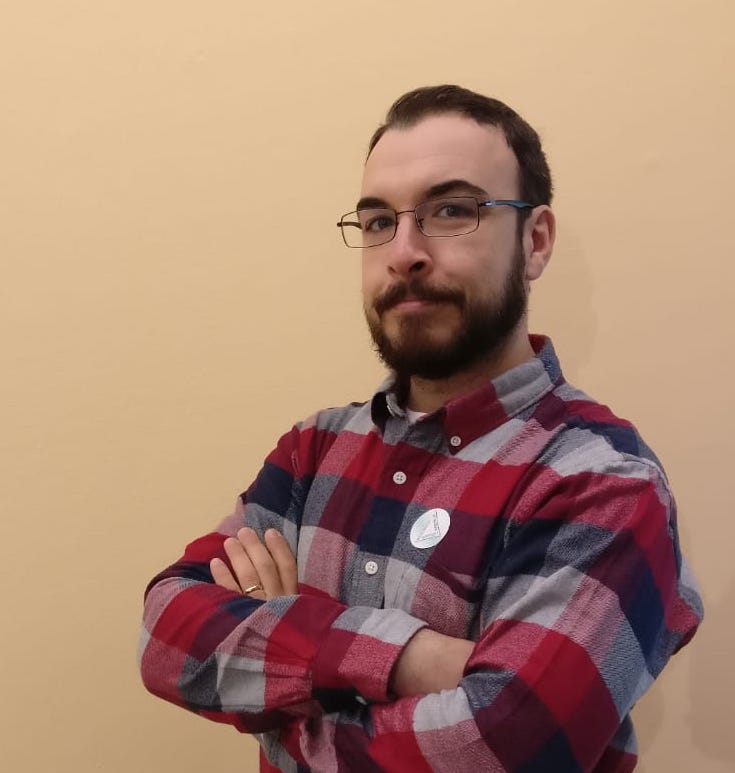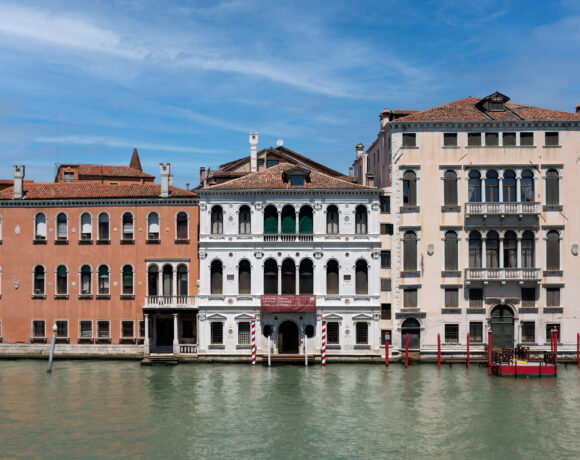Mauro Baronchelli is the directors of one of the five most visited Italian museums: Palazzo Grassi and Punta della Dogana. His management brought new ideas and interesting projects to the lagoon.
Francesco Liggieri: I would like to show who you are without summing it up, so I invite you to descibe yourself with the title of a work of art.
Mauro Baronchelli: Attempt to fly, by Gino De Dominicis: you stubbornly try to do your best. Then, of course, we have to deal with the force of gravity and the limits, both subjective and contextual.
In your opinion, is it important to be able to create research and experimental exhibitions for a museum?
In my opinion, exhibitions must be rigorous and documented, this is the most important aspect. Some will be more experimental, others anthological, but the goal must always be to shed light on an aspect, a theory, a figure, a period, an interpretation, a bond that had not been fully explored. And to do it with the right critical rigor. If these components are missing there is no reason to organize an exhibition.
The role of the cultural designer: when and how important is it within a museum organization chart?
A lot, if you mean someone who knows how to propose interesting initiatives and activities with a creative shot, but who is also able to make them possible and carry them out. In the museum organization chart this figure does not technically exist, but the function is performed by various other professionals: the curators, those who deal with the public program, those who deal with mediation … there are not many professionals capable of thinking in terms of design and organizational at the same time.
How has the pandemic affected your work?
A first aspect, more epidermal, is that of the tasks: it is necessary to deal continuously and in detail with aspects that were not previously discussed on a daily basis. In the hardest months of the lock down, the organization of personnel in an emergency situation, remote work… Now accesses, verification of certifications, constantly evolving legislation. At a deeper level, the pandemic calls into question the meaning of our work and the certainty of planning: every project, every activity is subjected to variables that we cannot govern. We live between two polarities: on the one hand the desire to continue to do our job, precisely to program; on the other hand, the possibility that the project must be postponed, modified, revised in progress. It takes more effort to get less, but it seems to me that it is a shared condition.
In Italy there is a shortage of works by young artists in the exhibitions, while it is good practice in other countries to give them visibility. Do you think it is a cultural, social or simply a lack of courage?
Italy has a basic problem with young people. There are so few that, on the one hand, they do not constitute a component of society that has sufficient bargaining power and representativeness to enforce its claims. On the other hand, adults become unaccustomed to see them at work and resent if they do not behave as they would like them to do. During the period of the pandemic, I was very impressed by several attacks on young people as a category, following some immature or even irresponsible behavior, in the face of the discipline and extraordinary spirit of adaptation of the great majority. In general terms and with the due exceptions, ours is a country that struggles to grant credit and space to young people. It also tends to apply to the opportunities granted to young artists.
Should the public be trained or entertained within an art exhibition?
My wish is that the public does not enter the museum just to spend a few relaxing hours. It doesn’t hurt that either, of course, but I would say that the goal of a museum or a cultural institution must be to critically interest its public, to penetrate beyond the first layer of superficial attention to activate deeper connections. Ask yourself questions, give yourself answers, even disagree and leave disappointed. Everything is fine, as long as there is life, curiosity, the possibility of taking a stand.
What would you recommend to a boy who wants to pursue the same professional path as you?
First of all, never stop forming. Read, see, listen, try to understand and intuit what is going on. So to look for and create opportunities in which to actually test your passions and skills: you have to understand if you are inclined for this path. Thirdly, in addition to passion, a certain dose of determination and stubbornness. Unfortunately, as we all know, there are not many job positions in the cultural field.
If you could choose a historical or fictional character to be included in your work team, who would you choose?
Kit Carson, Tex Willer’s companion in adventures, a comic I’ve read weekly for over twenty years. Carson is infallible with the gun, has a sense of humor and a decent appetite. And above all, he has his own unassailable ethics and he knows what loyalty is.
Info:
 Mauro Baronchelli, ph. credits © Matteo De Fina, courtesy Palazzo Grassi – Punta della Dogana
Mauro Baronchelli, ph. credits © Matteo De Fina, courtesy Palazzo Grassi – Punta della Dogana
 © Palazzo Grassi, ph: ORCH orsenigo_chemollo, courtesy Palazzo Grassi – Punta della Dogana
© Palazzo Grassi, ph: ORCH orsenigo_chemollo, courtesy Palazzo Grassi – Punta della Dogana
 Punta della Dogana © Thomas Mayer, courtesy Palazzo Grassi – Punta della Dogana
Punta della Dogana © Thomas Mayer, courtesy Palazzo Grassi – Punta della Dogana
 Palazzo Grassi © Matteo De Fina, courtesy Palazzo Grassi – Punta della Dogana
Palazzo Grassi © Matteo De Fina, courtesy Palazzo Grassi – Punta della Dogana
 Palazzo Grassi © Matteo De Fina, , courtesy Palazzo Grassi – Punta della Dogana
Palazzo Grassi © Matteo De Fina, , courtesy Palazzo Grassi – Punta della Dogana

Independent artist and curator. Founder of No Title Gallery in 2011. I observe, study, ask questions, take informations and live in contemporary art, a real stimulus for my research.






NO COMMENT